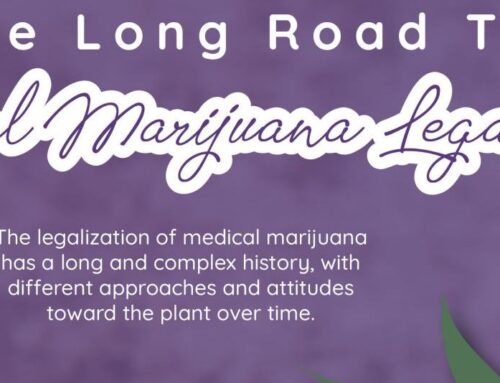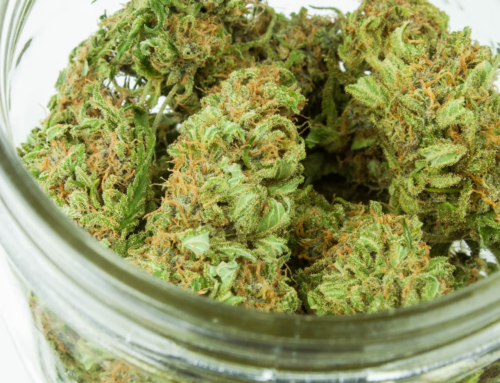Chronic pain is as ranked one of the most debilitating medical conditions. Even though it may not be life threatening, it can leave sufferers bound to their beds and unable to perform daily tasks. A new report released by the Centers for Disease Control and Prevention (CDC) estimated 50 million Americans suffer from chronic pain. Among these, those who experienced high-impact chronic pain amounted to 20 million.
Opioids are prescribed as a relief from this chronic struggle. But because of the alarmingly high number of patients of chronic pain, opioid prescriptions quadrupled during 1999 to 2010. According to a study conducted by Manchikanti & Singh in 2008, the US consumes 80% of the global opioid supply, even though it makes only 5% of the world population.
Here’s why this epidemic is spreading.
The Opioid Epidemic
This disproportionately high rate of opioid prescriptions in the US did more damage than good. The number of fatalities that occurred due to opioid overdose in 2010 had multiplied four times by 2014! Even though there’s insufficient evidence to establish a definite link between opioids and chronic pain, it’s still quite popular in the US. In fact a prelonged consumption of opioids is known to put patients at serious health risks.
Opiates like hydrocodone, oxycodone and morphine are spiking up addiction rates and fatal cases of opioid overdose. This was labeled by CDC as the opioid epidemic.
Statistical Improvement With Cannabis
Despite the building addiction for opioid consumption in the US population, cannabis was able to reduce the epidemic. 6 years after medical marijuana was legalized, 13 US states showed a marked reduction (33%) in lives lost because of opiates. Just within one year—2010—opiate-caused deaths fell by 1700 in states where cannabis was legal.
Marijuana and Chronic Pain
A majority of deaths occurred in cases where opioid doses were legitimately prescribed. Interestingly enough, cases of opioid overdoses were more likely in states where marijuana was still legal. With the license to consume marijuana medically, an opiate user was able to alter their dosage therefore staying safe.
Marijuana has been able to substitute opioids as a pain-reliever. This is primarily why legalization of marijuana resulted in fewer opiate-related deaths. Both, cannabinoid and opioid receptors, are found in regions of the brain and parts of the spine where pain signals are registered. Administering limited quantities of cannabis, thus results in relieving the pain.
Marijuana has curative potential for a number of ailments like HIV, glaucoma, cancer and even multiple sclerosis.
Pain-Relieving Components of Cannabis
Following are some marijuana components that have pain relief properties:
- Delta-9 Tetrahydrocannabinol (Delta-9 THC)
- Cannabidiol (CBD)
- Cannabinol (CBN)
- Tetrahydrocannabivarin (THCV)
Are you looking for a pain-relief solution other than opiates?
IndicaMD is a telehealth service that evaluates patients based on their medical history and offers recommendation for medical marijuana card online. You can consult a board of reliable medical practitioners online through live video chat and avail a digitized recommendation letter. Our services are efficient and hassle-free and you’ll get your medical certificate in no time! If you want medical marijuana card in New York or California, we’re here to care for your concerns.







Leave A Comment
You must be logged in to post a comment.